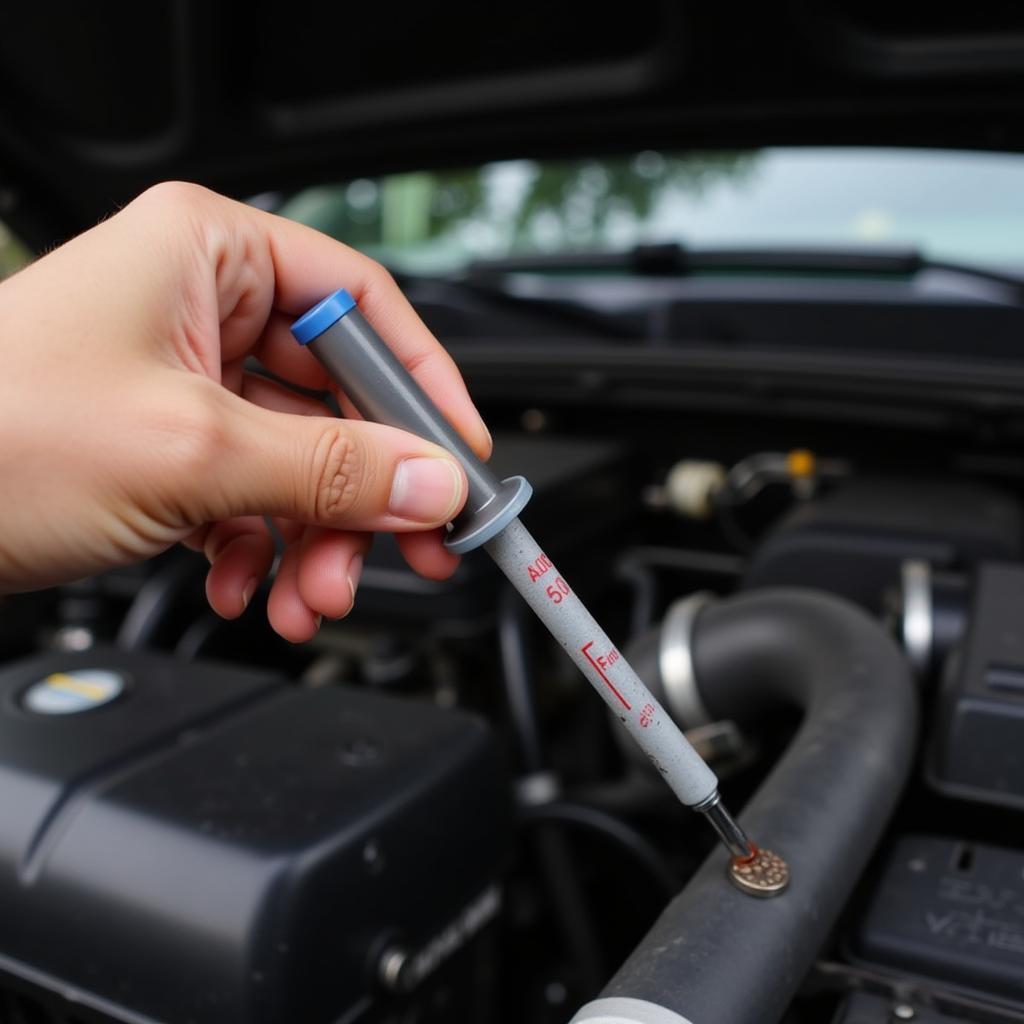Aftermarket car seats can cause insurance problems, impacting your coverage in a crash. Understanding these potential issues is crucial for both your safety and your financial well-being. This article explores the common insurance problems associated with aftermarket car seats and provides solutions to avoid them.
Aftermarket car seats can offer appealing features like enhanced styling, improved comfort, or even heating and cooling functions. However, modifying your vehicle’s original equipment, including the seats, can have unforeseen consequences regarding your insurance coverage. Are you prepared for the potential financial repercussions?
Understanding Aftermarket Car Seat Insurance Issues
Insurance policies are designed around the original factory specifications of your vehicle. Changes made with aftermarket parts, such as car seats, can be viewed as altering the risk profile of the car. This can lead to several potential insurance complications.
Denied Claims
One of the most significant Insurance Problems With Aftermarket Car Seats is the potential for denied claims after an accident. If your modified seats are deemed to have contributed to the injuries sustained, the insurance company might refuse to cover the damages. This could leave you responsible for substantial medical bills and repair costs.
Reduced Payouts
Even if your claim isn’t entirely denied, the insurance company might reduce the payout. They might argue that the aftermarket seats compromised the vehicle’s safety features, leading to more severe injuries. This can significantly impact your financial recovery after an accident.
Increased Premiums
Installing aftermarket car seats can sometimes lead to increased insurance premiums. Your insurer might consider the modifications as increasing the risk of accidents or injuries. This can translate to higher monthly payments, adding to the overall cost of owning and maintaining your vehicle.
How to Avoid Insurance Problems with Aftermarket Car Seats
While aftermarket car seats can present insurance challenges, you can take steps to mitigate the risks. Proper installation and documentation are key to ensuring your coverage remains intact.
Choosing Certified Seats
Selecting aftermarket car seats that meet or exceed the safety standards of the original equipment is essential. Look for seats certified by reputable organizations, ensuring they comply with relevant safety regulations. This provides evidence that the seats maintain a comparable level of safety.
Professional Installation
Proper installation is critical. A professional installation ensures that the seats are securely fitted and function as intended. This not only enhances safety but also provides documentation that can be crucial in the event of an insurance claim.
Informing Your Insurance Company
Transparency is paramount. Inform your insurance company about the modifications you’ve made to your vehicle, including the installation of aftermarket car seats. This allows them to assess the changes and adjust your policy accordingly. It also avoids potential surprises and disputes in case of a claim.
What if My Claim is Denied?
If your insurance claim is denied due to your aftermarket car seats, don’t despair. There are options available to pursue.
Appeal the Decision
You have the right to appeal the insurance company’s decision. Gather all relevant documentation, including certification of the seats, proof of professional installation, and any evidence demonstrating that the seats did not contribute to the accident or injuries.
Seek Legal Advice
If your appeal is unsuccessful, consider seeking legal advice. An attorney specializing in insurance claims can help you navigate the legal process and protect your rights. They can assess the merits of your case and advise you on the best course of action.
“Aftermarket modifications can be a gray area when it comes to insurance,” says automotive engineer John Miller. “Clear communication with your insurance provider is essential to avoid any unpleasant surprises down the road.”
Maintaining Your Coverage
Aftermarket car seats can enhance your driving experience, but it’s crucial to address the potential insurance implications. By choosing certified seats, ensuring professional installation, and informing your insurance company, you can minimize the risk of insurance problems and protect yourself financially.
Remember, open communication with your insurer is key to maintaining your coverage and avoiding any unpleasant surprises. Contact AutoTipPro at +1 (641) 206-8880 or visit our office at 500 N St Mary’s St, San Antonio, TX 78205, United States for expert advice on maintaining your car and navigating insurance issues.
“Always check your insurance policy carefully after any vehicle modifications,” advises insurance expert Sarah Davis. “Make sure you understand the impact of the changes on your coverage and premiums.”
FAQ
-
Will all aftermarket car seats void my insurance? Not necessarily. The key is choosing certified seats and informing your insurance company.
-
Can I install aftermarket car seats myself? While possible, professional installation is highly recommended for safety and insurance purposes.
-
What documentation do I need for insurance purposes? Keep records of the seat certification, professional installation receipts, and communication with your insurance company.
-
What should I do if my claim is denied? Appeal the decision and gather all supporting documentation. Consider seeking legal advice if necessary.
-
How can I find certified aftermarket car seats? Look for certifications from reputable organizations specializing in automotive safety.
-
Does modifying my car always increase my insurance premiums? Not always, but it can. Contact your insurer to discuss the potential impact on your premiums.
-
Are there any other car modifications that could affect my insurance? Yes, many modifications can impact your insurance. Always inform your insurer of any changes.






Leave a Reply